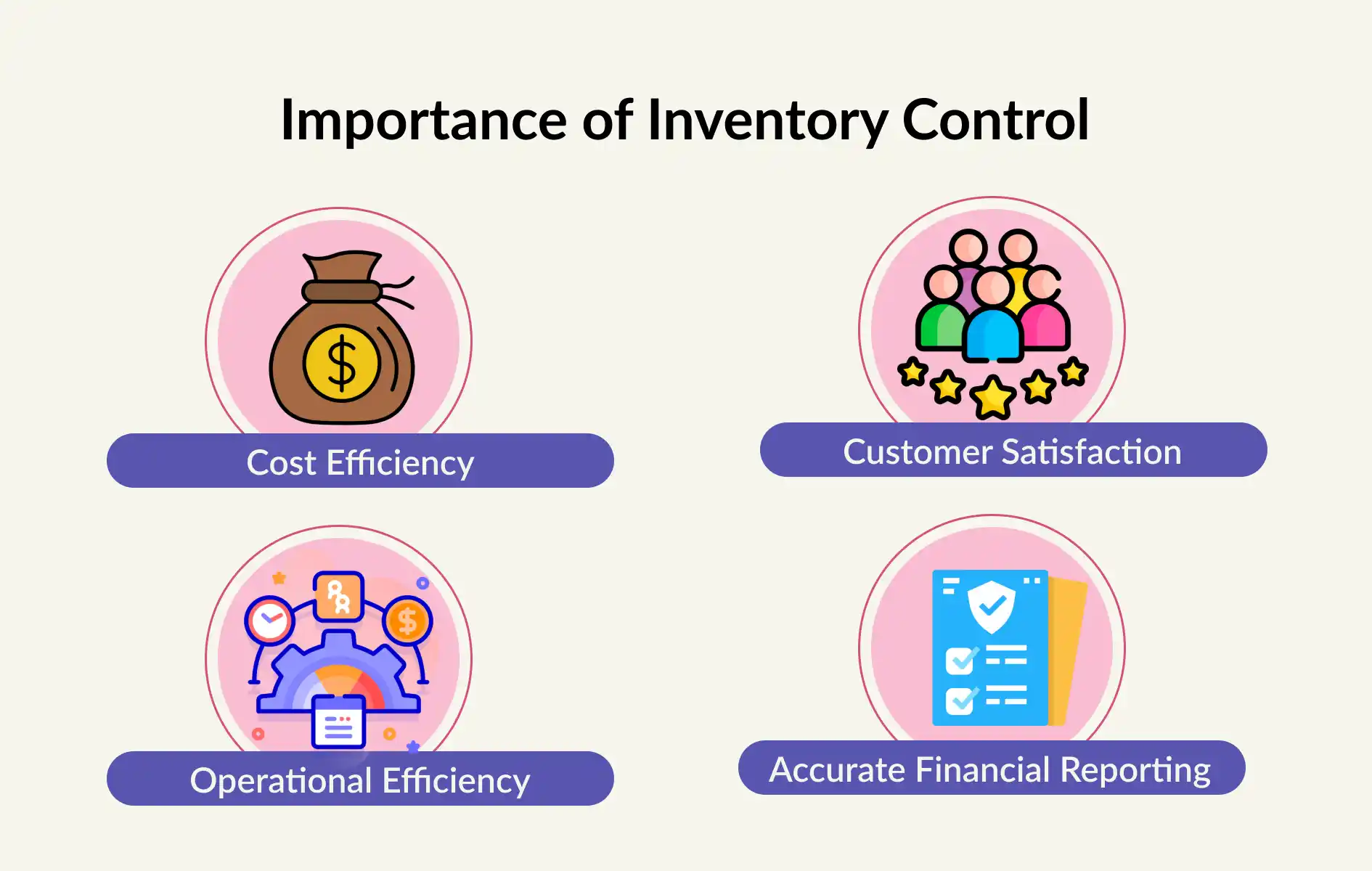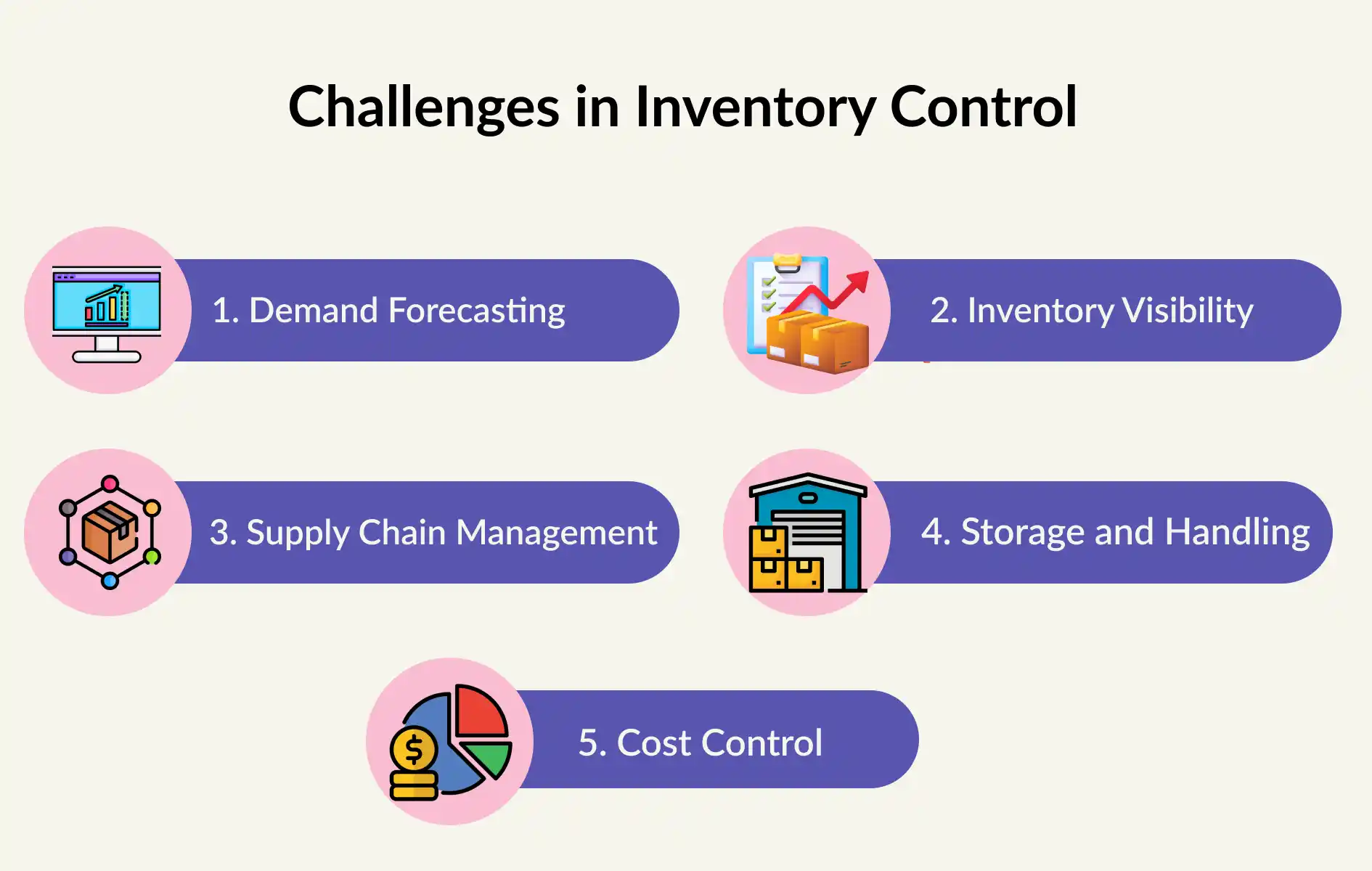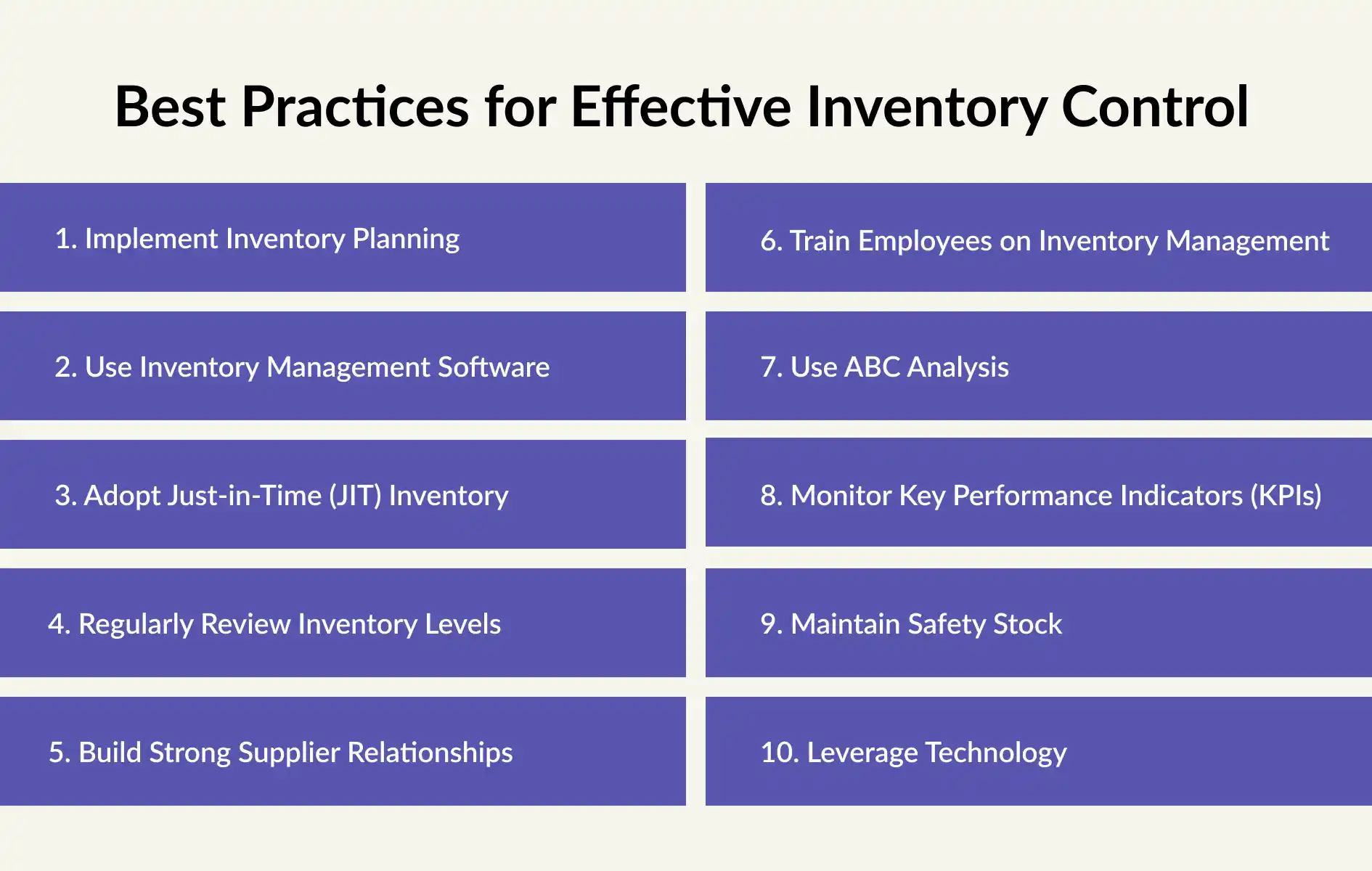Inventory Control: Challenges and Best Practices | thouSense

Introduction
In today's fast-growing business environment, good inventory control is important. Whether you run a small retail business or a large warehouse, having proper inventory planning could be the difference between success and failure. This blog will talk about inventory and inventory control, discuss the challenges of inventory control, and give effective practices for overcoming them through proper inventory planning.
What is Inventory and Inventory Control?
Inventory refers to the goods or materials that a business holds for the purpose of resale or further production. This includes raw materials, work in progress, and finished goods which help in fulfilling customers’ demands without delay. Inventory control is a process through which the right amount of inventory is maintained by checking on the ordering, storage, and sale. Through inventory control, a business can fulfill customer’s demands and also avoid stock excess and stockouts.
Why is Inventory Control Necessary?
Inventory control is necessary for several reasons:

- Cost Efficiency: Proper inventory control and inventory planning can reduce the cost which occurs due to holding of excess inventory. It helps to avoid excess stock and the costs related to it.
- Customer Satisfaction: Maintaining the right amount of inventory levels ensures that products are available when customers need them, reducing the chance of stockouts. This brings customer satisfaction and loyalty.
- Operational Efficiency: Effective inventory control ensures that raw materials are available for production and finished goods are ready for delivery. It helps in delivering on time and reducing delays.
- Accurate Financial Reporting: Proper inventory control provides accurate data for financial reporting and forecasting. It helps businesses understand their inventory's value and its impact on the company's financial health.
Challenges in Inventory Control

1. Demand Forecasting
Correctly predicting customer demand is one of the biggest challenges in inventory control. Overestimating demand can lead to excess inventory, which increases capital and additional storage costs. Underestimating demand can result in stockouts, lost sales, and dissatisfaction with customers.
2. Inventory Visibility
For efficient inventory control, businesses need to see their inventory levels clearly and in real time. Without this visibility, it's hard to manage stock properly, which can lead to overstock or understock of the inventory. This is especially difficult for businesses with multiple locations or those that sell through various channels.
3. Supply Chain Management
Managing the supply chain is a complex job that directly affects inventory control. Delays from suppliers, transportation problems, and global events can disturb the supply chain, causing unexpected shortages or excess inventory. Keeping a strong supply chain is essential for maintaining steady inventory levels through proper inventory planning.
4. Storage and Handling
Improper storage and handling of inventory can lead to big losses from damage or spoilage. It's important to do inventory planning in the best conditions and handle it properly to reduce these losses and keep products of good quality.
5. Cost Control
Balancing the costs of inventory, like storage, handling, insurance, and items needing to be updated, is a major challenge in inventory control. High inventory costs can reduce profits. Therefore, it is important to manage these costs while still meeting customer demand.
Best Practices for Effective Inventory Control

1. Implement Inventory Planning
Inventory planning involves forecasting future demand, setting inventory targets, and planning for lead times and safety stock. This helps prevent overstocking, which increases capital and storage costs. This can lead to lost sales and dissatisfied customers. Effective inventory planning ensures that you always have the right amount of stock to meet customer demand.
2. Use Inventory Management Software
Inventory management software provides real-time visibility into inventory levels, tracks stock movements, and generates reports that help in decision-making which can help in inventory planning. Features like barcode scanning, automated reordering, and integration with other business systems help in inventory control. These systems help manage inventory more accurately and efficiently, reducing the chances of human error.
3. Adopt Just-in-Time (JIT) Inventory
The Just-in-Time (JIT) inventory method involves keeping inventory levels low by receiving goods only as they are needed. This reduces storage costs and the risk of items needing to be updated. However, JIT requires a well-coordinated supply chain and accurate demand forecasting to ensure that products are available when needed. This helps in proper inventory planning.
4. Regularly Review Inventory Levels
Regular reviews of inventory levels and inventory planning help identify slow-moving or obsolete stock. Periodic audits allow businesses to adjust their inventory strategies. This also helps them clear out excess stock, and make room for new products. Regular reviews also help ensure that inventory is aligned with current market demand, reducing the risk of holding unsellable items.
5. Build Strong Supplier Relationships
Strong relationships with suppliers ensure reliable and timely deliveries, flexible order quantities, and support during unexpected demand spikes. Reliable suppliers can provide better terms and conditions, such as discounts for bulk orders or faster delivery times. This can enhance overall inventory planning and management.
6. Train Employees on Inventory Management
Employees play a crucial role in effective inventory control. Training programs should cover the proper handling of storage procedures and inventory management systems. Well-trained employees can help reduce errors, improve inventory accuracy, and ensure inventory planning and management efficiently.
7. Use ABC Analysis
ABC analysis categorizes inventory into three classes:
➢ A items: They are the ones with a high value and have low sales frequency.
➢ B items: Moderate in both value and sales frequency.
➢ C items: They are the ones with low-value products that have high sales frequency.
This method helps prioritize focus and resources on the most critical items (A items), ensuring better control and management of these high-impact inventory categories.
8. Monitor Key Performance Indicators (KPIs)
Tracking KPIs related to inventory control provides insights into the effectiveness of your inventory management strategies. Important KPIs include:
● Inventory turnover ratio: How often goods are sold and renewed over time.
● Order accuracy: The percentage of orders filled correctly.
● Stockout rate: The no. of times the stock runs out.
● Carrying cost: The total storage cost of an inventory.
Monitoring these KPIs helps identify areas for improvement and supports data-driven decision-making.
9. Maintain Safety Stock
These stocks act as a safety against uncertainties in demand and supply. It ensures that the firm can meet the demands of the customers even during unexpected situations. The level of safety stock should be calculated based on factors such as lead time variability and demand fluctuations. This ensures that there is always enough inventory to cover unexpected spikes in demand.
10. Leverage Technology
Technological advancements like artificial intelligence offer new opportunities for inventory control. AI can improve demand forecasting accuracy by analyzing large amounts of data and identifying patterns. These also help in inventory planning.
Conclusion
Effective inventory control is essential for the smooth operation and profitability of any business. While facing challenges implementing these practices can help the business achieve the required inventory levels. This also helps to reduce costs and increase customer satisfaction. Doing inventory planning, using advanced management systems, and continuously monitoring performance are the most important steps toward inventory control. With the right strategies in place, businesses can work with the difficulties of inventory management and work for long-term success.
FAQ’s
1. What do you mean by Inventory Control?
Inventory control is a process through which the right amount of inventory is maintained by checking on the ordering, storage, and sale.
2. What is the need for Inventory control?
Inventory control is needed because it leads to operational and cost-efficiency. This also helps in enhancing customer satisfaction and loyalty.
3. How to manage and control inventory?
There are a number of ways through which inventory can be controlled. Some of them are:
1. Inventory planning
2. Utilize Inventory Management Software
3. Adopt Just-in-Time (JIT) Inventory
4. Regularly Review Inventory Levels
5. Optimize Supply Chain Relationships
6. Train Employees on Inventory Management
7. Use ABC Analysis
8. Monitor Key Performance Indicators (KPIs)
9. Implement Safety Stock
10. Leverage Technology